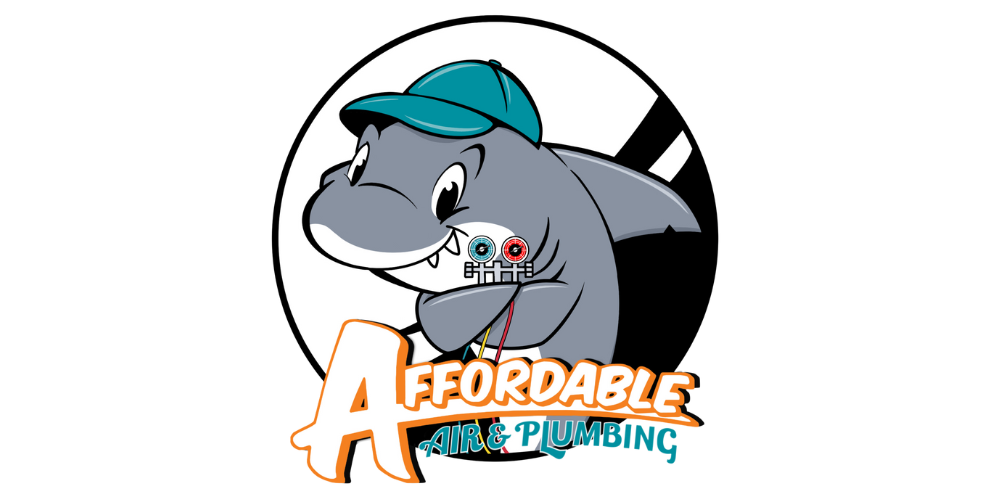Why Isn’t My House Cooling Evenly?
As temperatures rise, an air-conditioned home becomes a sanctuary of comfort. However, it can be frustrating when certain areas of your house remain uncomfortably warm while others are perfectly cool. Uneven cooling is a common issue that many homeowners face, and it can be caused by various factors. Understanding these reasons can help you address the problem and enjoy a consistently cool home. Here are some of the most common causes of uneven cooling in homes.
Improperly Sized HVAC System
An HVAC system that is too large or too small for your home can lead to uneven cooling. If the system is too large, it will cool the air too quickly and shut off before it has a chance to circulate air properly, leaving some areas warm. On the other hand, a system that is too small will struggle to cool your entire home, leading to hot spots in certain areas.
Solution: Have a professional HVAC technician assess your system to ensure it is properly sized for your home’s square footage and layout.
Blocked or Leaky Ducts
Ductwork is responsible for distributing cooled air throughout your home. If there are blockages or leaks in the ducts, the airflow will be restricted, causing some rooms to receive less air than others.
Solution: Regularly inspect and clean your ductwork to ensure there are no blockages. Sealing any leaks can also improve airflow and cooling efficiency.
Poor Insulation
Insufficient insulation can cause some rooms to lose cool air faster than others, particularly those that are exposed to direct sunlight or have more exterior walls.
Solution: Adding or upgrading insulation in your home can help maintain a consistent temperature by reducing the amount of cool air that escapes.
Closed or Blocked Vents
Vents that are closed or blocked by furniture can restrict airflow, preventing certain rooms from receiving adequate cooling.
Solution: Ensure all vents are open and unobstructed to allow for proper airflow throughout your home.
Thermostat Location
The location of your thermostat can impact how your HVAC system cools your home. If the thermostat is located in an area that is naturally cooler or warmer than the rest of the house, it may not accurately reflect the overall temperature, causing uneven cooling.
Solution: Consider relocating your thermostat to a more central location or installing a smart thermostat with multiple sensors to better regulate the temperature.
Sunlight Exposure
Rooms that receive a lot of direct sunlight will naturally be warmer than those that don’t. This can cause an imbalance in your home’s cooling.
Solution: Use window coverings like blinds, shades, or curtains to block out the sun during the hottest parts of the day. You can also consider installing UV-reflective window films.
Aging or Inefficient HVAC System
An older HVAC system may not be as efficient as it once was, leading to uneven cooling. Over time, components can wear out, reducing the system’s ability to cool your home evenly.
Solution: Regular maintenance and timely upgrades can help ensure your HVAC system operates efficiently. If your system is old and frequently requires repairs, it might be time to consider a replacement.
Final Thoughts
Addressing uneven cooling in your home can significantly improve your comfort during the hot summer months. By identifying the root cause of the issue, whether it’s an improperly sized HVAC system, blocked ducts, poor insulation, or another factor, you can take the necessary steps to create a more balanced and enjoyable living environment. Regular maintenance and occasional professional assessments can go a long way in keeping your home cool and comfortable.
If you've tried these solutions and still experience uneven cooling, it might be time to consult a professional HVAC technician. They can provide a thorough evaluation and recommend the best course of action tailored to your specific situation.

